Artisan of City
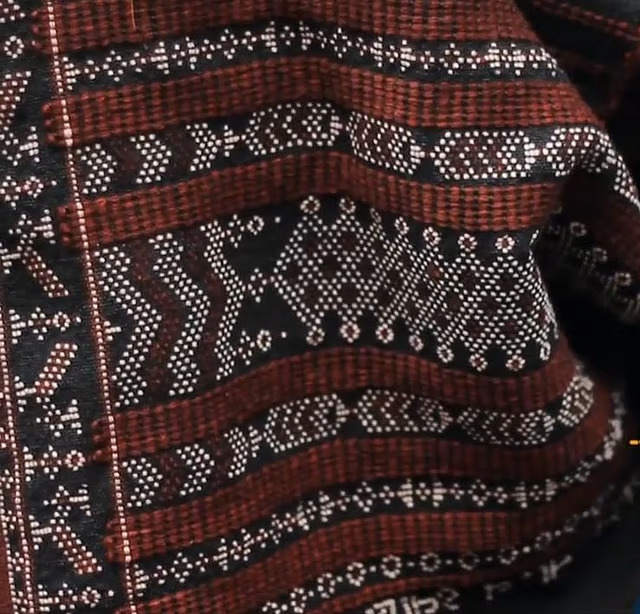
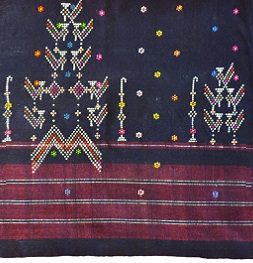
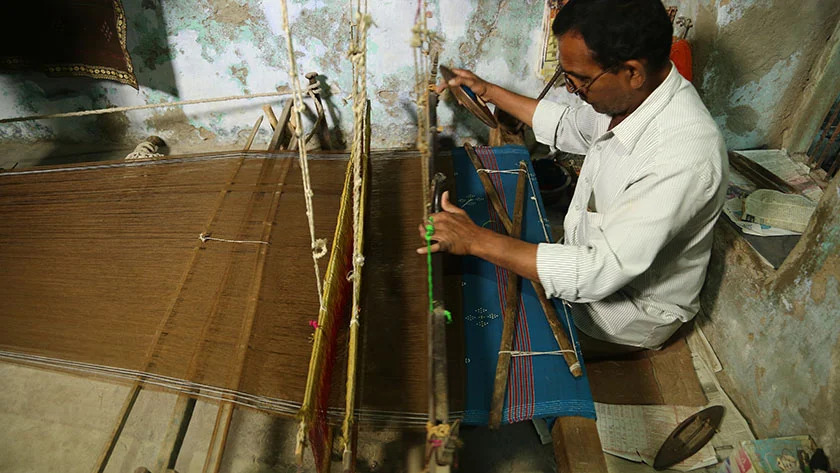
Legend tells of a shepherd man and a weaver woman who, after facing social opposition, settled near a weaving village and developed this distinct style. Their descendants, the Dangasia, carried forward this legacy, refining the technique over generations.
Tangaliya textiles are handwoven on traditional pit looms, using extra weft threads to create dotted, geometric patterns. Originally made with wool from local sheep, modern Tangaliya also incorporates cotton, silk, and acrylic yarns.
Weaving VillagesToday, Tangaliya weaving is actively practiced in villages like Dedadra, Derwada, Vastadi, Shiyani, and Bajana, all located in the Surendranagar district.
Distinctive FeaturesDaana Weaving: Signature raised dot patterns.
Geometric Designs: Often on black fabric with red borders and white or colored dots.
Entirely Handmade: From yarn to finished piece, crafted by hand.
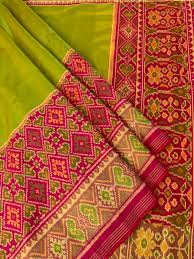
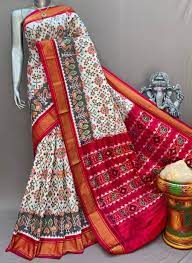
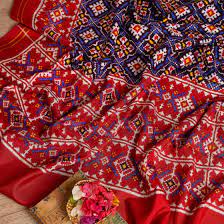
The art of Patola weaving traces its origins back to ancient times, derived from the Sanskrit word “Pattakula”, meaning silk fabric. While Patan is renowned for its complex double-ikat method—where both warp and weft threads are tie-dyed— Rajkot Patola is celebrated for its single-ikat style, where only the warp threads are dyed to create intricate patterns and bold designs.
The craft flourished as skilled weavers migrated to Gujarat and adapted traditional methods to suit regional aesthetics and cultural preferences.
Patola sarees have long been revered as symbols of wealth, prestige, and cultural pride. These handmade masterpieces were historically worn by royalty and affluent families and have been cherished as heirlooms and key components of wedding trousseaux.
The Weaving Hubs of SurendranagarToday, Rajkot Patola weaving thrives in Surendranagar city and several surrounding villages, including Somasar, Shiyani, Katariya, Limbdi, and Sayla. These areas are home to a dedicated community of over 150 skilled weavers, many of whom have inherited this rare art form from their ancestors and continue to practice it with unmatched devotion and finesse.
Working within close-knit family units or small workshops, these artisans ensure that every saree reflects the depth of tradition and the touch of human artistry.
Cultural Recognition and RevivalTo preserve and promote this heritage, Geographical Indication (GI) tagging has been granted to Rajkot Patola, ensuring its authenticity and protecting the rights of traditional weavers.
Surendranagar: A Living Hub of Handloom HeritageSurendranagar is not only a city of enterprise but also a guardian of India’s rich textile traditions. The villages of Somasar, Shiyani, Katariya, Limbdi, and Sayla stand as pillars in the preservation of Rajkot Patola weaving, where heritage is not just remembered—but lived every day on the loom.
Patola is more than a saree—it is a woven legacy of art, identity, and cultural continuity.
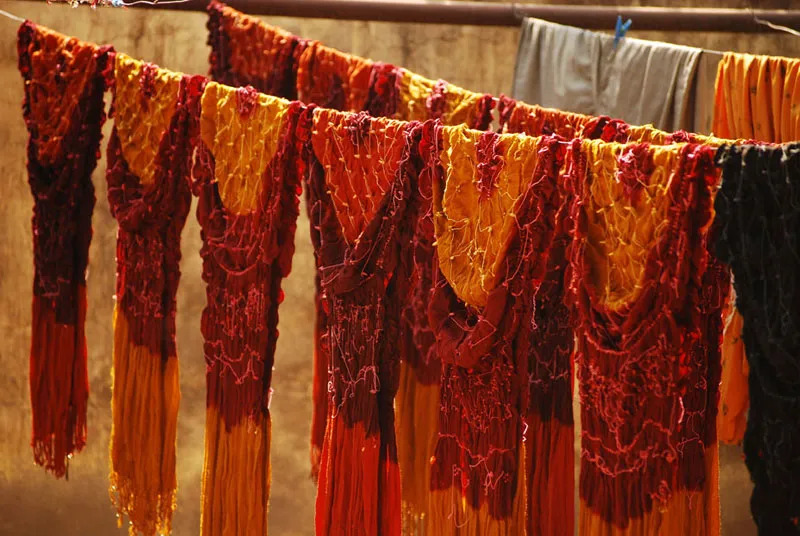
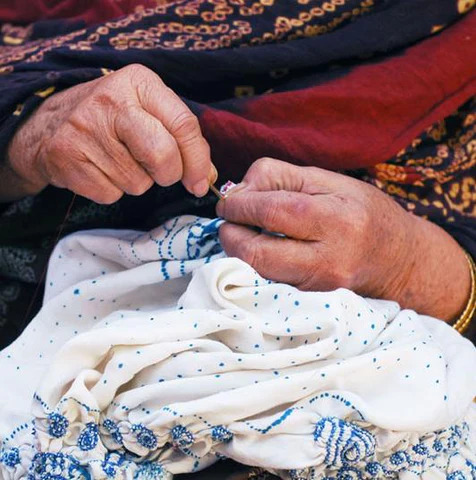
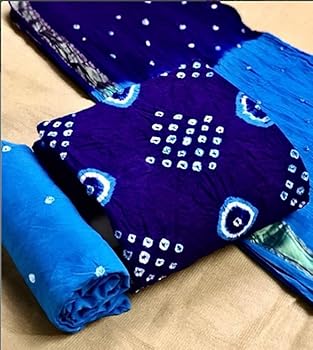
Wadhwan, a historic city in Gujarat’s Surendranagar district, is a celebrated hub for Bandhani, one of India’s oldest textile art forms. This intricate tie-dye technique, where fabric is skill-fully tied and dyed to create beautiful patterns, has deep cultural and historical roots—possibly dating back over 5,000 years to the Indus Valley Civilisation.
Bandhani from Wadhwan was once favored by royal families, especially for weddings and ceremonial attire. The vibrant dots and motifs symbolized good fortune and prosperity, making Bandhani sarees and turbans essential to festive and religious occasions in Gujarat.
Wadhwan remains a major production center, known for its highly skilled artisans who have preserved this tradition for generations. Each piece is a reflection of patience, precision, and cultural pride.
Today, Bandhani continues to thrive—appearing in both traditional wear and contemporary fashion. As people embrace handmade and sustainable clothing, Wadhwan’s Bandhani stands as a vibrant symbol of heritage meeting modernity.
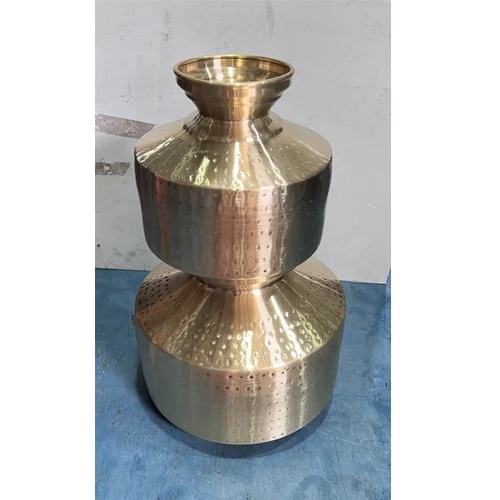
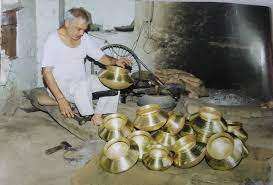
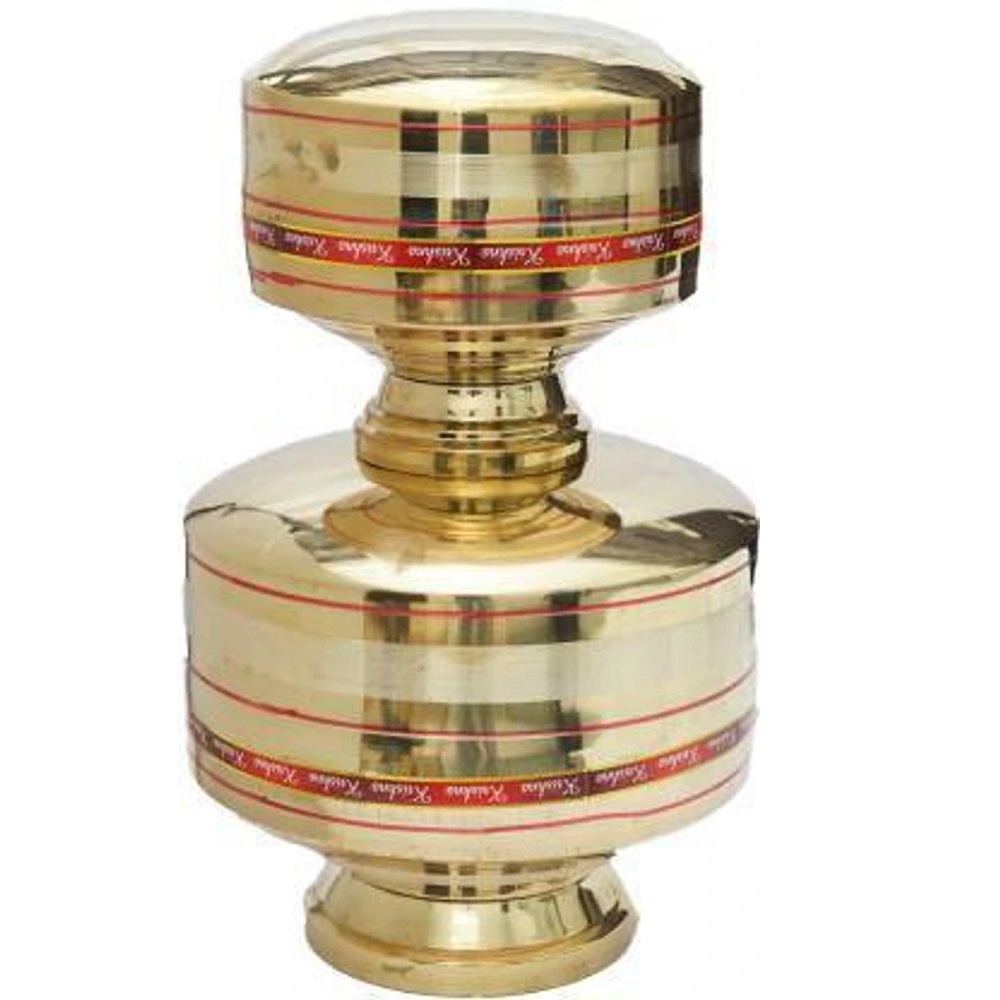
In the heart of Gujarat’s Surendranagar district lies Wadhwan—a town where tradition breathes through fire, metal, and skill. Among its many crafts, the creation of brass earthen-style pots, known locally as’ Beda’ or’ Ghada’ stands out as a unique blend of practicality, ritual importance, and artisanal beauty.
The brass earthen pot is inspired by the simple form of the traditional clay pot, but made more durable through the use of metal. Historically, as societies in Gujarat transitioned from clay to metal vessels, artisans in Wadhwan began crafting brass pots that retained the graceful, rounded shape of the original earthenware but offered greater longevity and resistance to wear.
These pots became essential items in households across Gujarat—used primarily for storing drinking water, milk collection, and ritual purification. Their use was especially prominent in rural and temple settings, where water stored in brass was believed to retain purity and coolness.
Cultural SignificanceThe brass earthen pot holds deep symbolic value in Gujarati and Indian culture. It represents sustenance, purity, and spiritual cleansing. Used in daily rituals, weddings, and festivals, the pot is often filled with water or milk as offerings to deities, or placed at the entrance of homes during auspicious occasions to invoke blessings.
Unlike factory-made items, these handmade brass pots are not merely utensils—they are objects of cultural pride and identity, valued for both their beauty and their symbolic role in sustaining life.
Craftsmanship in WadhwanCrafting a brass earthen pot is a labor-intensive, highly skilled process passed down through generations. It begins with flat sheets of raw brass, which are heated, shaped, and hammered entirely by hand. The rounded body of the pot is formed gradually, mimicking the curvature of clay vessels but using only metal tools and the artisan’s intuition.
Each pot requires precise hammering, both to achieve the correct shape and to strengthen the metal. This hand-hammered texture is not just aesthetic—it gives the pot durability and a unique character. Artisans often work in small workshops or open-air spaces, using time-honoured techniques without mechanised tools.
Despite their modest surroundings, these craftsmen bring life to every pot, creating vessels that are as functional as they are soulful.